In nature’s vast theater, appearances can be deceiving. Some of the most innocuous-looking creatures are stealthy assassins ready to pounce when you least expect it. We’re diving into a world where cuteness hides killer instincts, and the seemingly delicate are the masters of the hunt. It’s a wild ride through nature’s most deceptive creations, and you won’t see them the same way again. Get comfortable because it’s about to get thrillingly unexpected.
1. The Blue-Ringed Octopus Packs a Punch
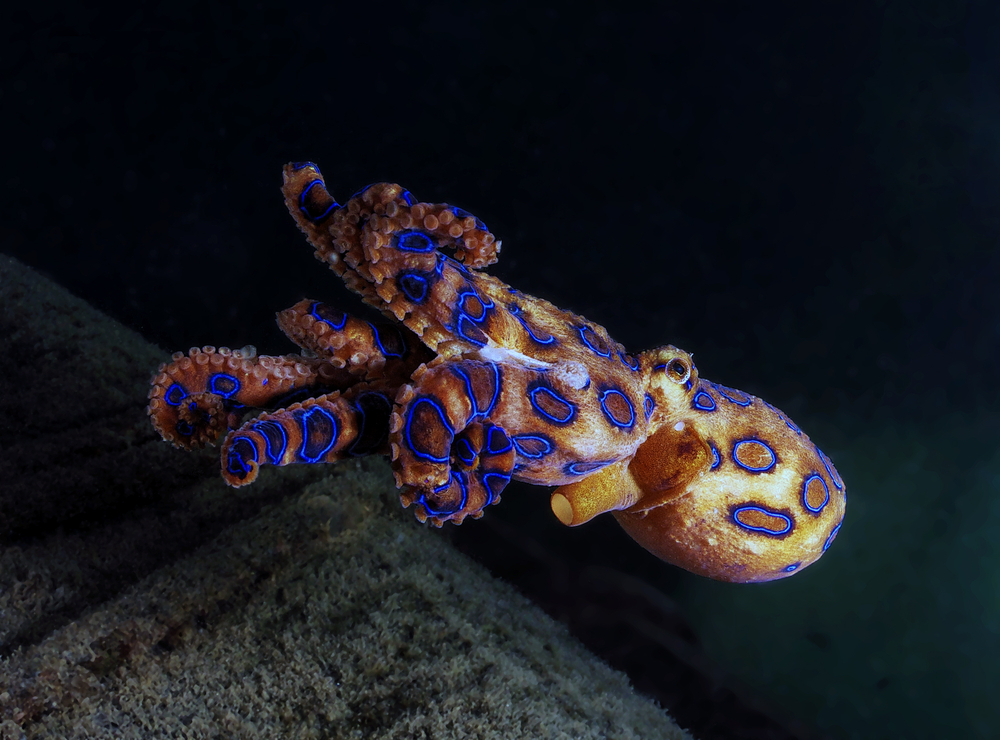
This little sea dweller looks like a living piece of jewelry, with its mesmerizing blue and black rings. However, beneath that stunning appearance lies a potent venom capable of taking down creatures much larger, including humans. Its bite can cause paralysis and even death. The blue-ringed octopus is nature’s reminder that beauty can be deadly. Weighing in at just 25 grams, it’s a tiny powerhouse, proving that in the ocean, size doesn’t always dictate strength.
2. The Cute but Lethal Slow Loris
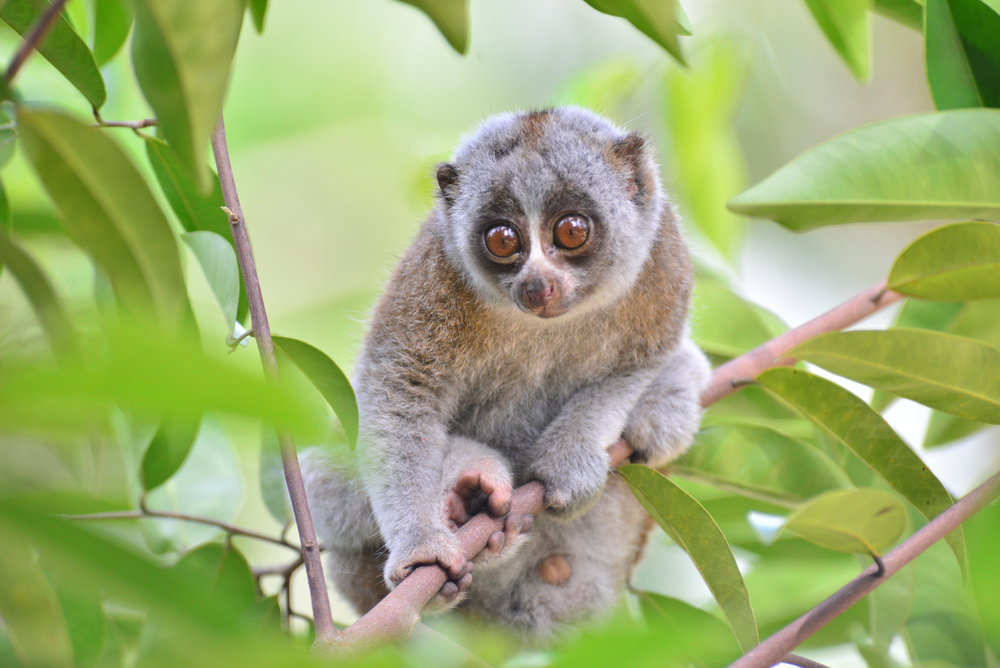
With big, soulful eyes and an unhurried demeanor, the slow loris seems like the ultimate cuddle companion. However, this primate harbors a toxic secret—its elbows contain a venomous gland. When threatened, it licks its venom-covered elbows and delivers a bite that can result in anaphylactic shock. So, while it may move at a snail’s pace, its defense mechanism is anything but slow. The slow loris is a silent guardian of its own peace, armed with nature’s antidote to predators.
3. The Stonefish’s Stealthy Stinger
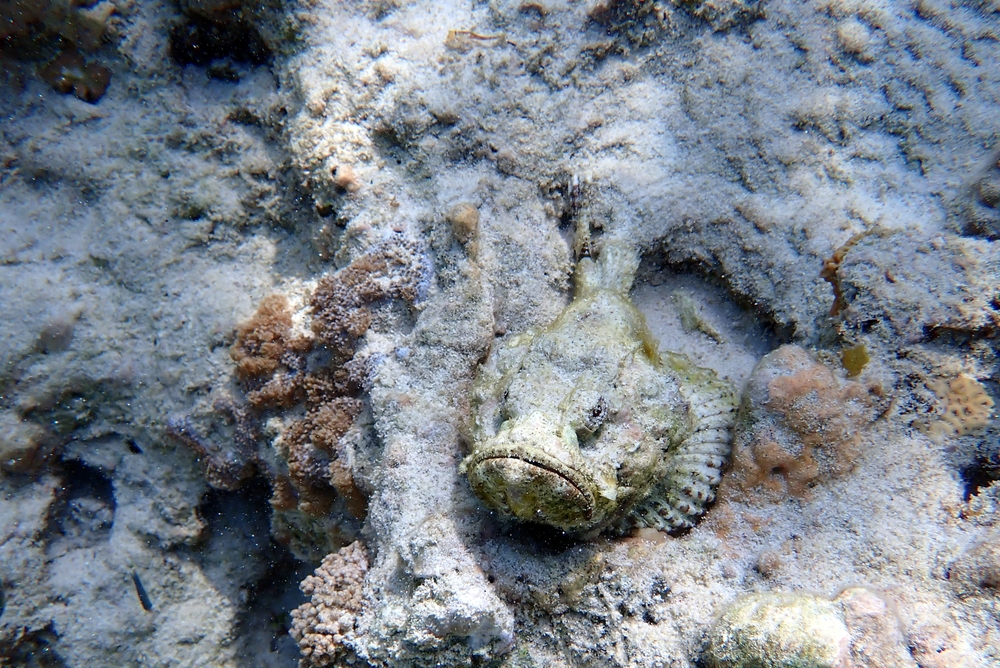
Blending perfectly with the ocean floor, the stonefish is an expert in camouflage. This master of disguise uses its appearance to hide from predators and prey alike. But step on this fish, and you’ll experience excruciating pain, as its dorsal fins are equipped with venomous spines. A sting can lead to shock, paralysis, and even death if untreated. It’s a living landmine under the sea, teaching us that sometimes it’s what you can’t see that can hurt you.
4. The Delightfully Dangerous Dart Frog
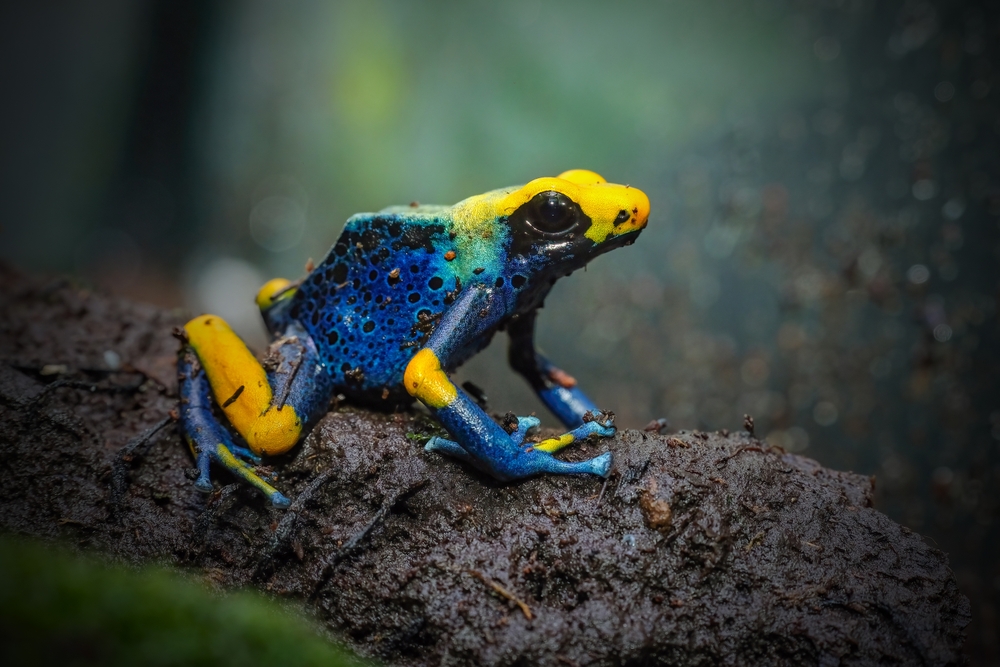
Bright colors usually signal danger in nature, and the dart frog is the ultimate example. These tiny, vibrant amphibians are coated with toxins potent enough to kill multiple predators. Indigenous tribes have utilized their poison for hunting, tipping their blow darts with the frog’s potent cocktail. The dart frog proves that even a creature small enough to fit in your palm can hold a lethal secret, challenging the narrative that big threats only come from big packages.
5. The Lurking Assassin Bug
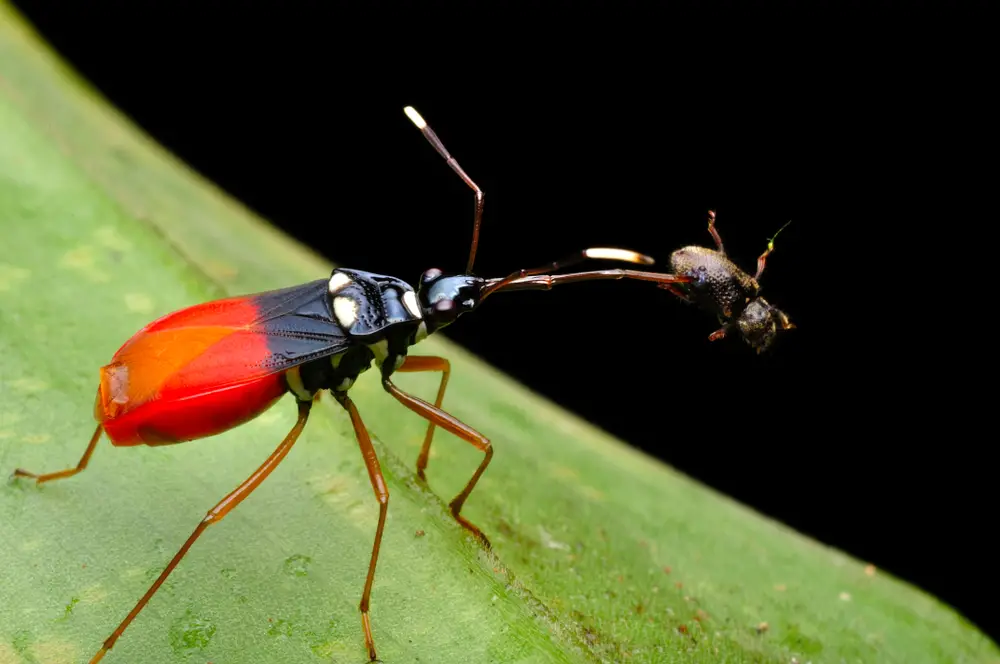
The name says it all—assassin bugs are stealthy killers. With a seemingly ordinary insect appearance, they wield a needle-like mouthpart to inject a lethal enzyme into their prey, liquefying them from the inside. These bugs are not choosy eaters, and their diet includes everything from other insects to small vertebrates. Despite their small size and unassuming looks, they are masters of their gruesome craft, reminding us that deadly prowess often comes in the most unexpected forms.
6. The Underestimated Cone Snail
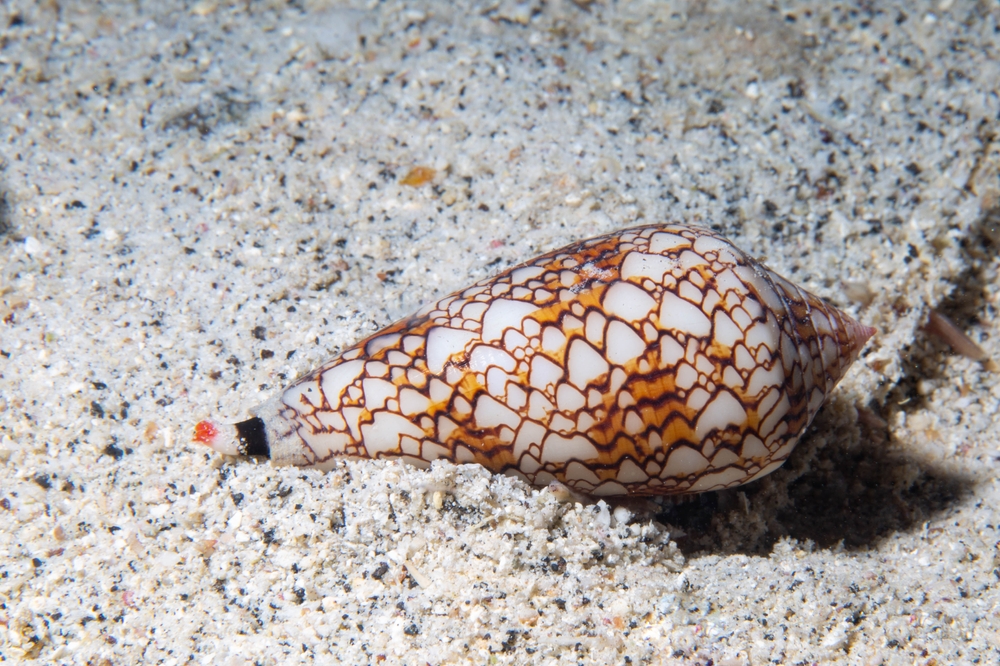
A snail doesn’t typically scream danger, but when it comes to the cone snail, it should. This sea creature sports a beautifully patterned shell, masking its ability to paralyze fish with a harpoon-like tooth. The venom is a complex cocktail that can also be fatal to humans. Handling one of these snails without caution could be a grave mistake. The cone snail’s deceptive beauty is a testament to the fact that some of nature’s most dangerous creatures don’t need to roar to make an impact.
7. The Charming but Deadly Pufferfish
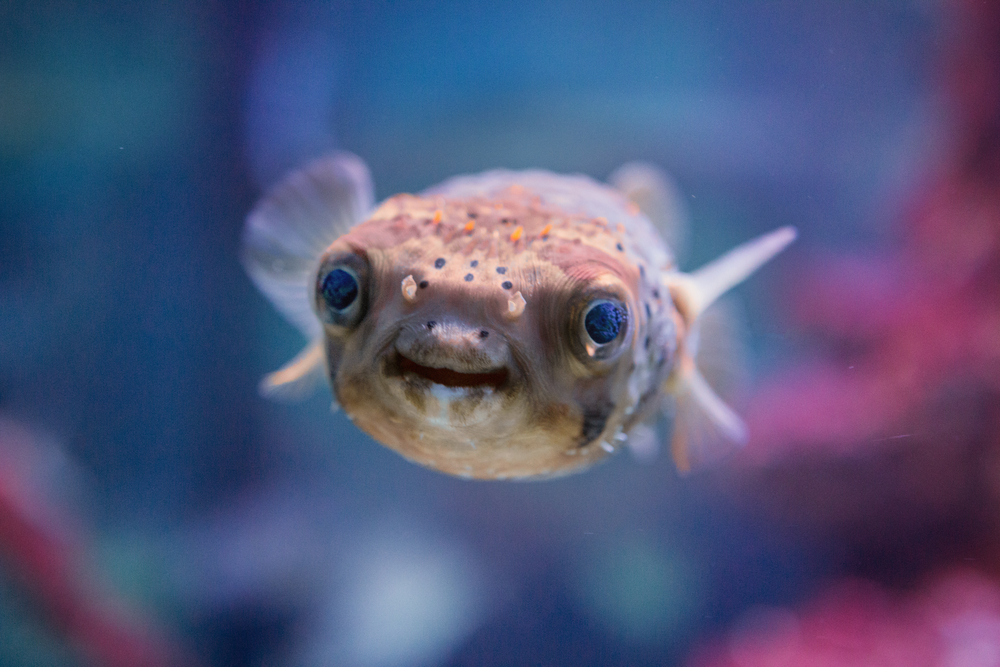
Known for its ability to inflate into a spiky ball, the pufferfish seems more like a cartoon character than a deadly creature. Yet, many species carry tetrodotoxin, a potent neurotoxin that is far more lethal than cyanide. Consuming improperly prepared pufferfish, often considered a delicacy in some cultures, can result in paralysis or even death. The pufferfish serves as a quirky reminder that in nature’s spectrum of life, danger often lurks beneath the quirky and curious facade.
8. The Insidious Inland Taipan
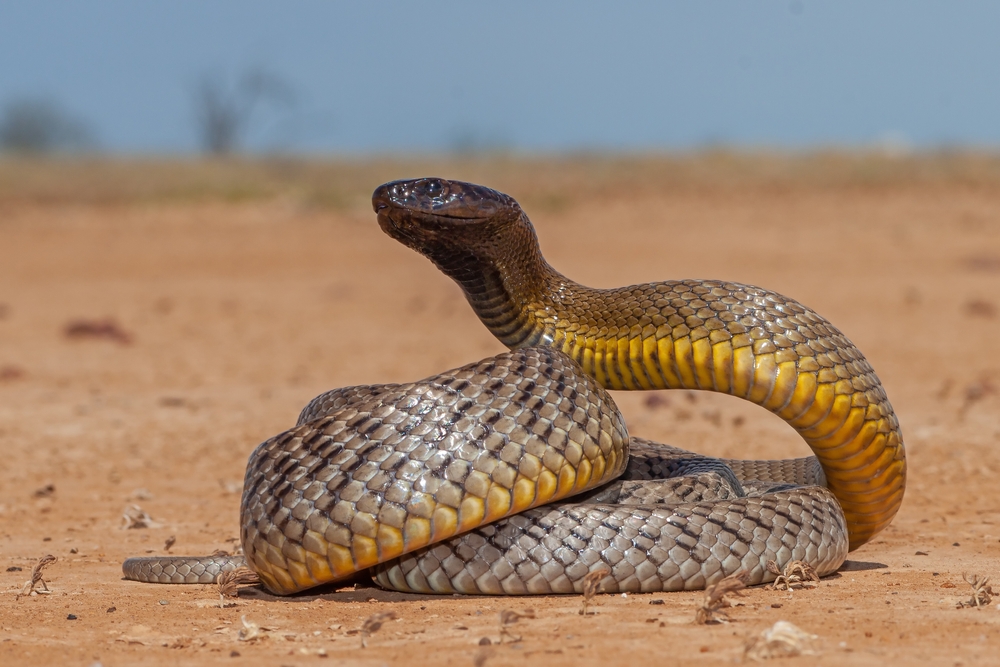
With a surface-level look of just another snake, the inland taipan, also known as the “fierce snake,” holds the title for the most venomous snake in the world. A single bite can kill over a hundred fully grown humans, making it a creature to admire from a very safe distance. Luckily, it’s rarely seen and not aggressive unless provoked. This snake’s deadly efficiency underscores how nature’s lethal arsenal can be concealed under an unassuming guise.
9. The Innocuous-Looking Cape Buffalo
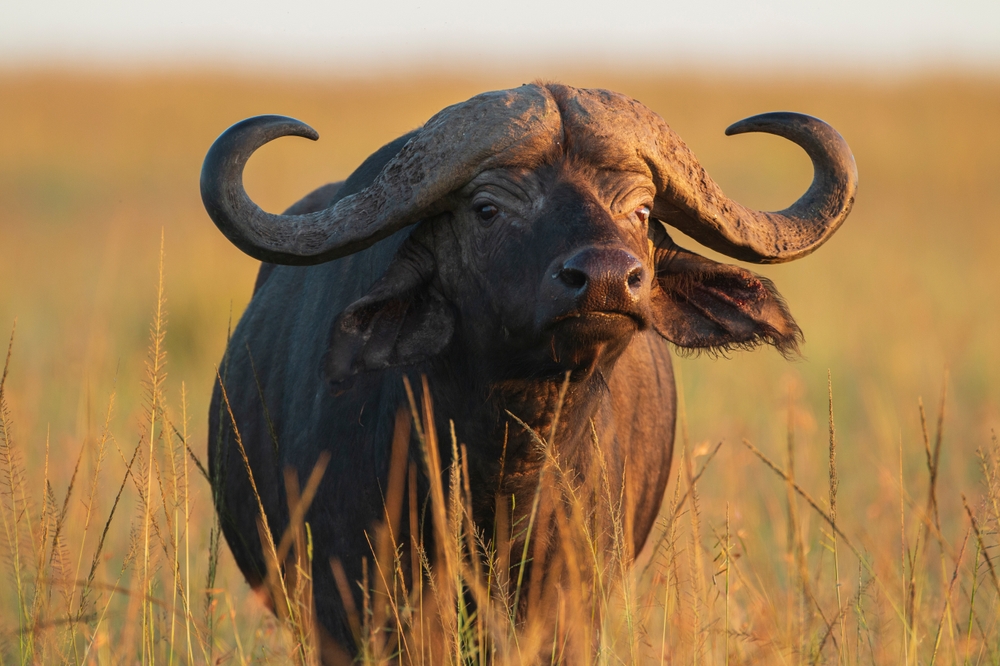
At first glance, the Cape buffalo might appear as just another grazing animal of the African savanna. However, these massive beasts are fiercely protective and can charge with terrifying speed and aggression. They’re known for their unpredictable nature and willingness to trample anything perceived as a threat, earning them the nickname “Black Death” among locals. The Cape buffalo is a potent reminder that in the animal kingdom, the fiercest warriors often wear the most inconspicuous armor.
10. The Deadly Delicacy of the Fugu Fish
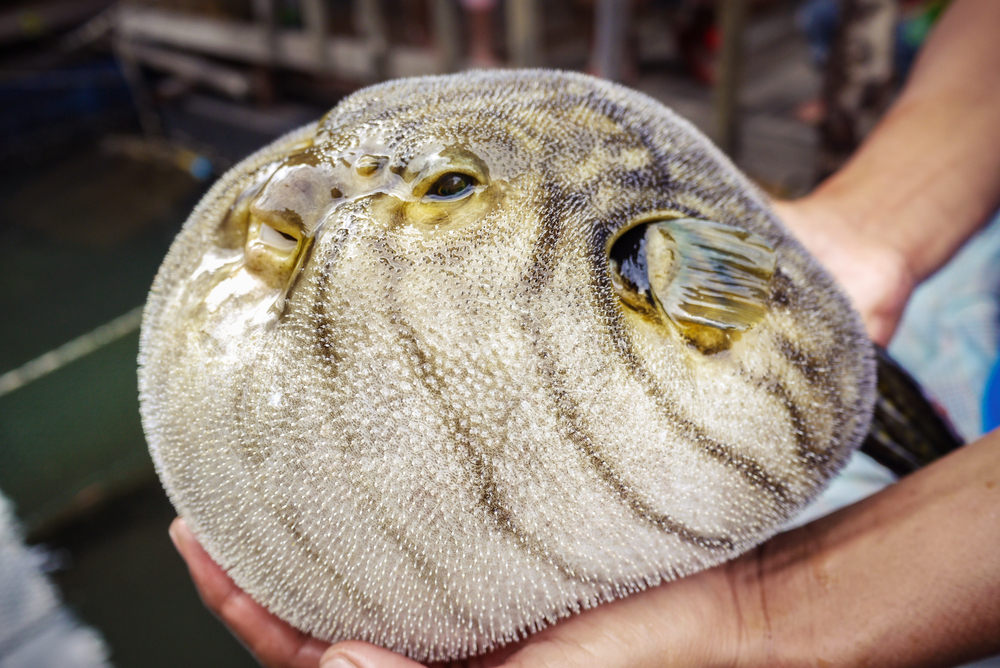
The fugu fish, or blowfish, might be a culinary delight in certain cultures, but it harbors a deadly toxin in its organs. Chefs require special training to prepare it safely, as even a small mistake can lead to fatal consequences for diners. Despite its lethal potential, fremains a sought-after dish, symbolizing humanity’s complex relationship with nature’s dangerous offerings. The fugu fish stands as a testament to the fine line between delicacy and danger, where culinary adventure meets mortal peril.
11. The Charming But Lethal Cassowary
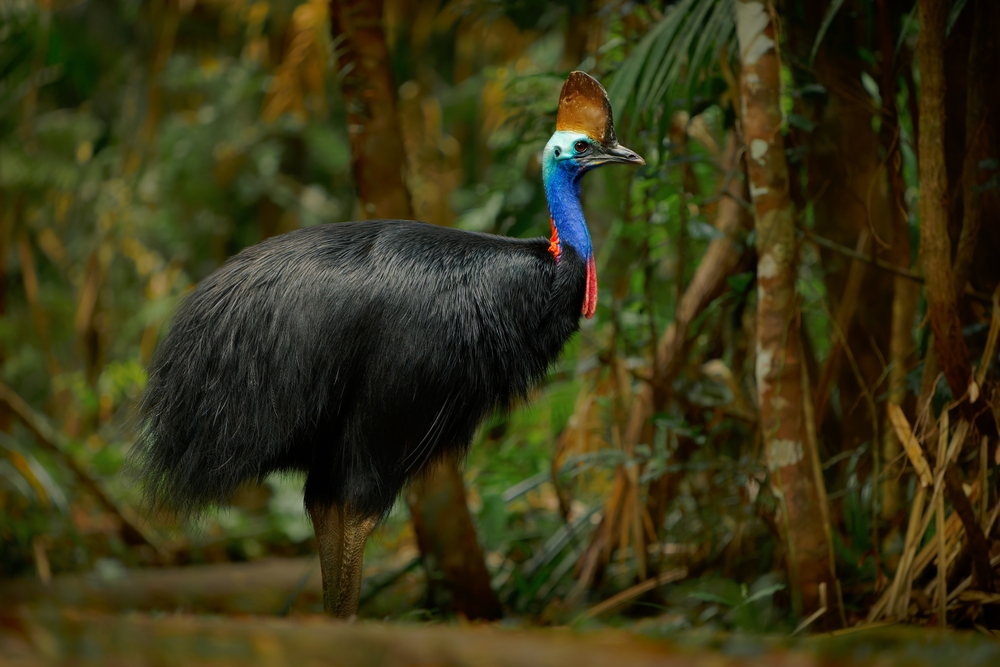
Resembling a modern-day velociraptor with its striking blue face and casque-topped head, the cassowary is a bird that commands respect. While it might look like an exotic giant turkey, its powerful legs and dagger-like claws can deliver lethal blows. Typically shy, when threatened, they unleash a fury unmatched by any other bird. Their ability to swiftly switch from docile to deadly makes the cassowary a true force of nature—one that demands both admiration and a healthy dose of caution.
12. The Deceptively Cute Platypus
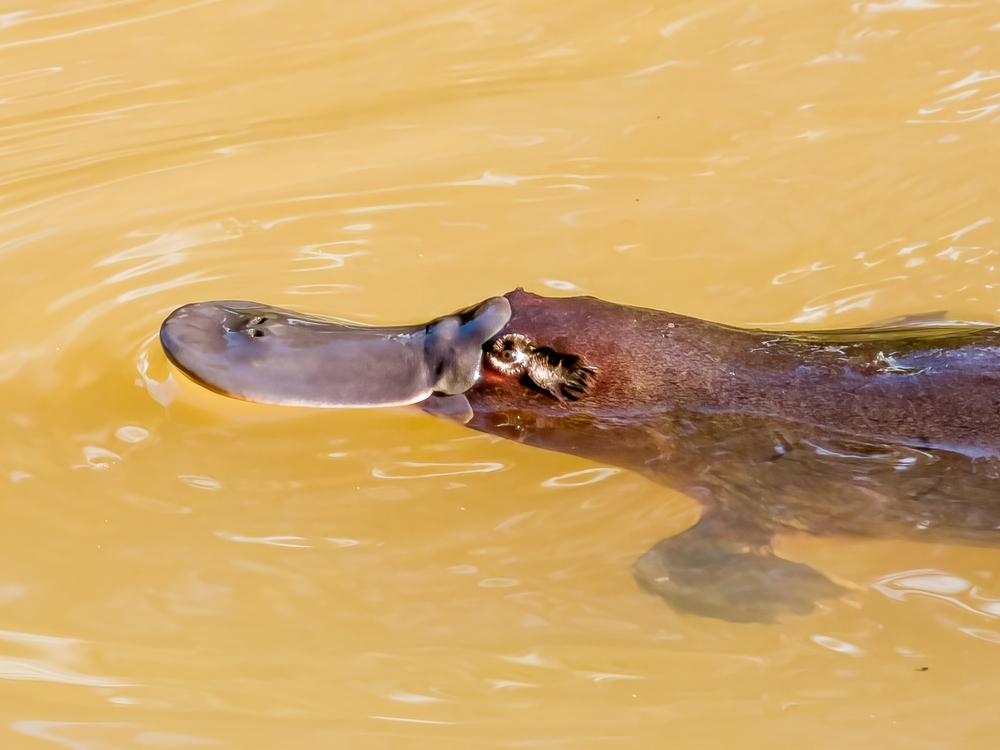
The platypus, with its duck bill and beaver tail, seems like a creature designed by committee—cute and quirky. Yet, the male platypus has venomous spurs on its hind legs capable of delivering a painful sting. While not lethal to humans, the venom can incapacitate and inflict pain that lasts for days. This oddball mammal reminds us that even the most whimsical-looking creatures can have a dangerous edge, blending whimsy with warning in the animal kingdom’s diverse tableau.
13. The Honey Badger: Nature’s Unassuming Warrior
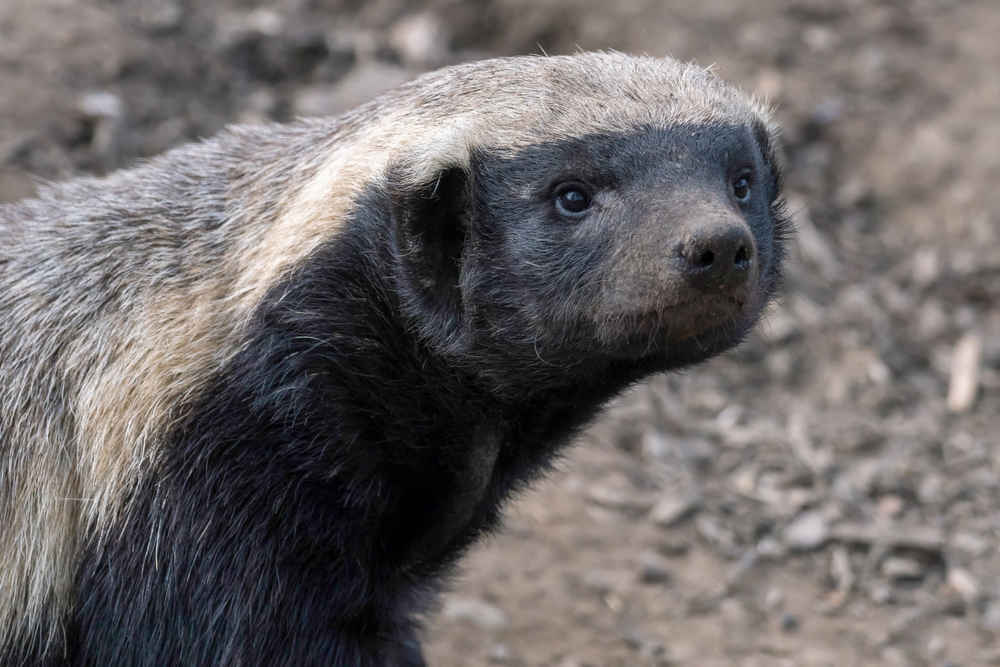
The honey badger doesn’t look overtly threatening, with its stocky build and grizzled fur. However, it has earned its fierce reputation through sheer tenacity and fearlessness. Known for taking on creatures much larger, including lions, it’s a force to be reckoned with. Its thick skin offers protection from attacks, and its aggression knows no bounds. The honey badger is nature’s reminder that determination and audacity can outweigh size and strength in the wild’s brutal hierarchy.
14. The Fleeting Fury of the Irukandji Jellyfish
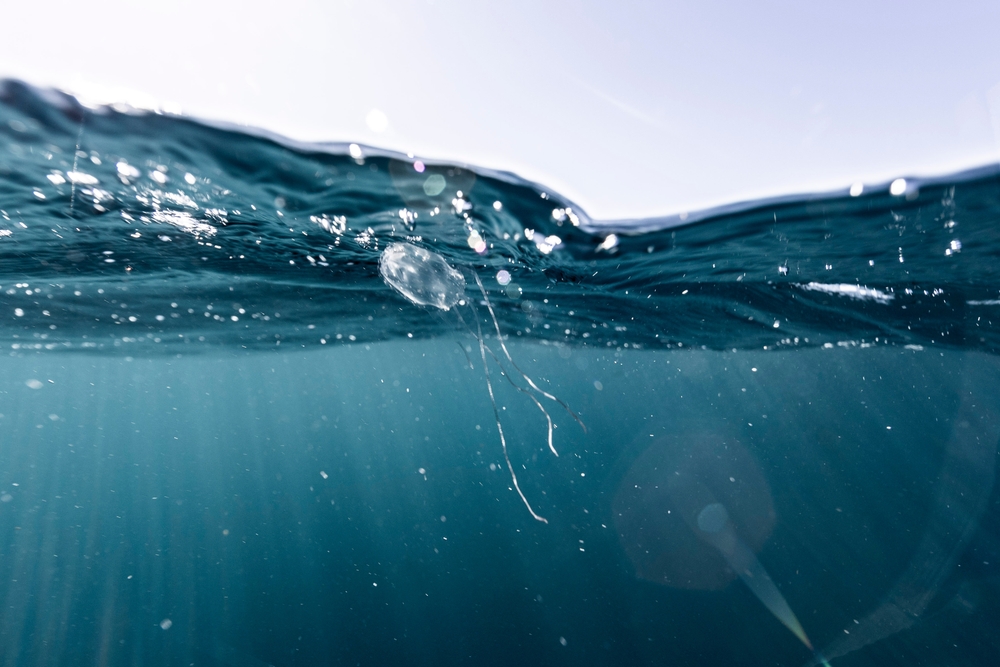
Much smaller than its more famous cousin, the box jellyfish, the irukandji jellyfish is nearly invisible in the water but packs a venomous punch. A sting can trigger Irukandji syndrome, characterized by intense pain and a range of severe systemic symptoms. Despite its tiny size, it commands fear and respect from swimmers. This jellyfish is a stark example of how even the most minute creatures can cast long, painful shadows in the complex web of marine life.
15. The Lurking Threat of the Leopard Seal

With its sleek body and seemingly perpetual grin, the leopard seal might appear friendly at first glance. But beneath that charming exterior lies a top predator of the Antarctic seas. Known for their agility and formidable hunting skills, they prey on penguins and other seals. They’re also curious about humans, but interactions should be approached with caution. The leopard seal’s dual nature—both enchanting and intimidating—captures the essence of survival and dominance in one of Earth’s harshest environments.
